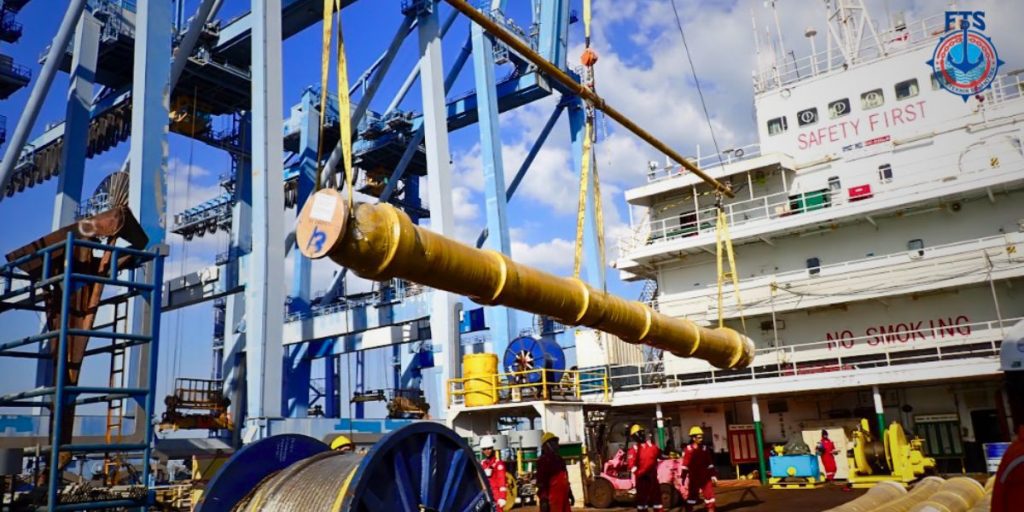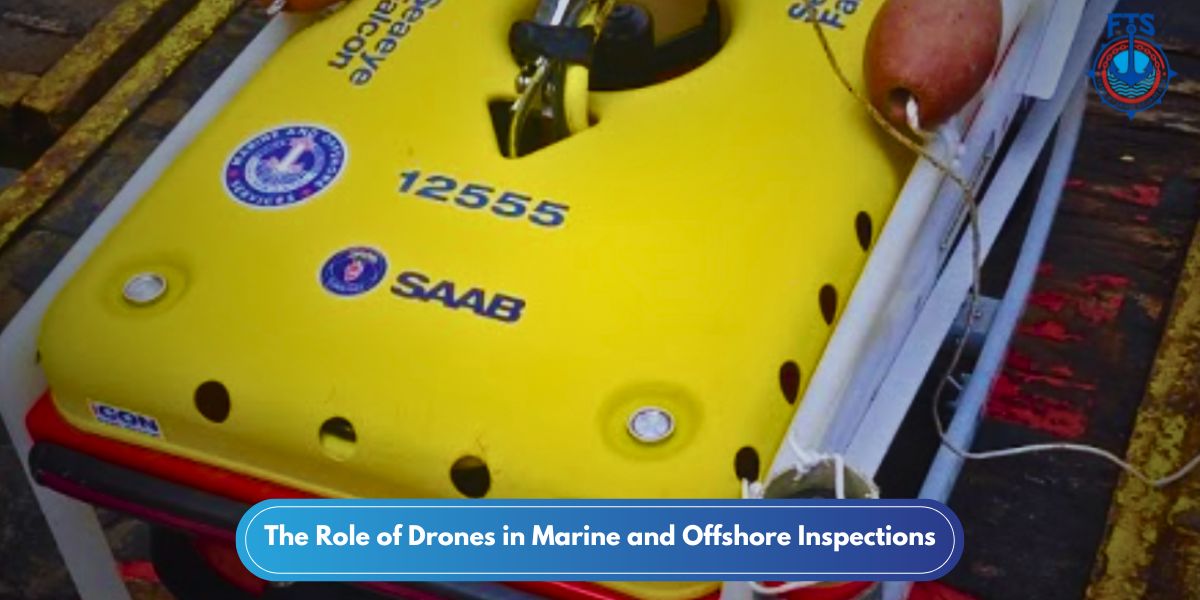The marine and offshore industries have long relied on traditional inspection methods to ensure the safety and integrity of vessels, offshore rigs, and other maritime structures. However, these methods often come with challenges such as high costs, safety risks, and time-consuming processes. In recent years, drones have emerged as a revolutionary technology in maritime inspections, offering a safer, faster, and more cost-effective alternative.
5 Benefits of Using Drones in Marine and Offshore Inspections
As the maritime and offshore industries embrace digital transformation, drones have become a game-changer in inspection and maintenance processes. These advanced aerial and underwater vehicles provide unparalleled advantages in terms of safety, cost, and efficiency. Below are some key benefits of utilizing drones in subsea marine and offshore inspections.
1. Enhanced Safety
Conducting inspections in marine and offshore environments often requires personnel to work at great heights, in confined spaces, or underwater—posing significant risks. Drones eliminate the need for human inspectors to physically access hazardous areas, reducing the risk of accidents and injuries.
2. Cost Efficiency
Traditional inspection methods, such as scaffolding, rope access, and helicopter surveys, can be costly. Drones significantly cut costs by minimizing the need for expensive equipment and reducing downtime, as inspections can be completed in a fraction of the time.
3. Improved Accuracy and Data Collection
Equipped with high-resolution cameras, thermal imaging, and LiDAR sensors, drones can capture detailed images and videos that allow for precise analysis of structural conditions. These technologies enable early detection of corrosion, cracks, and other structural weaknesses that may not be visible to the naked eye.
4. Speed and Efficiency
Drones can inspect large areas in a short period, reducing the time required for routine maintenance checks and emergency assessments. This efficiency is particularly beneficial for offshore rigs and large vessels, where quick inspections can prevent costly disruptions.
5. Access to Hard-to-Reach Areas
Many areas on ships and offshore platforms are difficult or dangerous to access manually. Drones can easily navigate confined spaces, high-altitude structures, and underwater environments, providing a comprehensive inspection without the need for divers or climbers.
Transitioning from the benefits of drone technology, it is crucial to explore how these advancements are applied in real-world marine and offshore operations. From hull inspections to environmental monitoring, drones have proven to be invaluable across various inspection scenarios.
Applications of Drones in Marine and Offshore Inspections
Drones have revolutionized marine and offshore inspections by providing a faster, safer, and more cost-effective way to assess critical infrastructure. Their versatility allows them to be deployed in various inspection scenarios, reducing human risk and operational downtime. Below are some of the most significant applications of drones in the maritime industry.
1. Hull Inspections
Drones can inspect a vessel’s hull for cracks, corrosion, biofouling, and other defects, reducing the need for dry docking and improving maintenance planning.
2. Offshore Platform Inspections
Oil rigs, wind farms, and offshore platforms require regular inspections to ensure operational safety. Drones can assess flare stacks, derricks, and structural components without disrupting operations.
3. Underwater Inspections
Equipped with sonar and underwater cameras, submersible drones (ROVs) can inspect hulls, moorings, and underwater pipelines, reducing the need for human divers.
4. Environmental Monitoring
Drones play a crucial role in monitoring oil spills, emissions, and other environmental hazards, helping companies comply with regulations and minimize their ecological footprint.
5. Cargo and Tank Inspections
Drones can enter confined spaces within cargo holds and ballast tanks to inspect for corrosion, leaks, and structural integrity without requiring personnel to enter hazardous environments.
As drone technology continues to gain traction in marine and offshore inspections, it is important to acknowledge the potential challenges that come with its implementation.
From regulatory hurdles to environmental limitations, various factors can impact the efficiency and adoption of drone-based inspections. Understanding these obstacles will help industry stakeholders develop effective strategies to maximize the benefits of this transformative technology.
Health, Safety, and Environmental (HSE) Considerations

Ensuring compliance with Health, Safety, and Environmental (HSE) standards is a crucial aspect of marine and offshore operations. The use of drones significantly enhances HSE compliance by reducing the need for human personnel to enter hazardous environments.
By minimizing direct exposure to risks such as extreme heights, confined spaces, and underwater inspections, drones contribute to a safer working environment while maintaining operational efficiency.
For a deeper understanding of HSE compliance in industrial diving and offshore operations, visit our dedicated resource: Ensuring HSE Compliance in Industrial Diving.
Challenges and Future of Drone Inspections
Despite the numerous advantages drones offer in marine and offshore inspections, there are still challenges that must be addressed to ensure their widespread adoption. Understanding these challenges will help industry professionals develop solutions and strategies for optimizing drone usage in maritime operations.
While drones offer numerous advantages, challenges such as regulatory restrictions, harsh weather conditions, and the need for skilled operators still exist. However, advancements in drone technology, AI-driven analytics, and automation are rapidly improving their capabilities. As regulations evolve and technology advances, drones will play an even more significant role in marine and offshore inspections.
Conclusion
The adoption of drones in marine and offshore inspections is transforming the industry by enhancing safety, reducing costs, and improving efficiency. With their ability to access hard-to-reach areas, capture high-quality data, and perform inspections quickly, drones are becoming an essential tool for maritime and offshore operations.
As the technology continues to evolve, we can expect even greater advancements in drone-based inspection solutions, making the industry safer and more efficient than ever before.
For businesses seeking expert drone inspection services, PT. Fabila Teknik Sejahtera offers cutting-edge solutions tailored to the unique needs of the marine and offshore industries. Contact us today to learn how our advanced drone technology can help optimize your inspection processes and improve operational efficiency.

